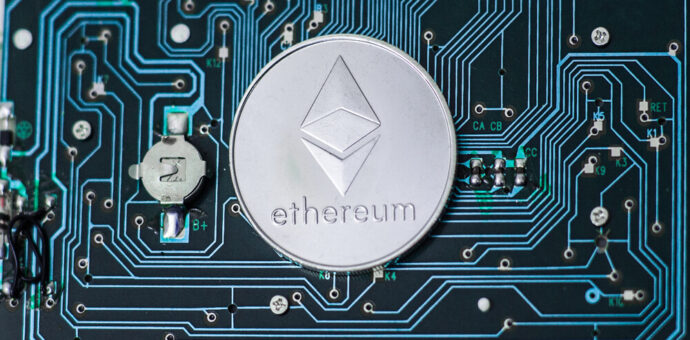With the change in Ethereum (The Merge update), the new consensus mechanism is now based on Proof-of-Stake (PoS). This will reduce power consumption by 99.95% compared to the old Proof of Work (PoW) system.
The change happened on September 15 at 03:42:42 (Brazilian local time) in block 15,537,393. According to the Ethereum Foundation, the new form of validation should raise the network’s energy efficiency. But despite this, most bitcoin advocates consider proof-of-work to be essential to maintain security.
It is worth explaining that although much of the energy used in crypto assets mining, particularly bitcoin, comes from renewable sources, there are still criticisms related to the industry’s carbon footprint. According to the bitcoin Energy Consumption Index, done by Cambridge University, 39% of the electricity for BTC comes from renewable sources.
Ethereum’s consumption, on the other hand, before The Merge, was estimated to be about one-third that of bitcoin.
Transition
For Justin Drake, a researcher at the Ethereum Foundation, the way the process was structured can be compared to a car switching from an internal combustion engine to an electric one.
“How do we do this? By installing an electric motor in parallel to the gasoline engine. And then – in step two – we connect the wheels to the electric motor and turn off the gasoline engine. That’s exactly what happens in the Merge”, Drake told Wired. “We’ve had that parallel electric motor for a year and a half, and now the old ‘gasoline’ proof-of-work engine will be turned off”.
What is the difference between PoW and PoS?
Proof-of-stake (PoS) is based on protecting a network through incentives rather than hardware. Thus, you don’t need a sophisticated computer suitable for mining activity to participate in the network: anyone can use their laptop for it.
As a result, the chance of being randomly selected to validate a particular block and earn rewards and crypto fees increases.
This situation is very different from the function of proof-of-work (PoW) mining in a blockchain ecosystem, which ensures that no one can tamper with the chronology and performed transactions.
In the specific case of Ethereum, validators need to deposit at least 32 ethers to participate, and there are penalties for misconduct. Drake sums this up by saying that Ethereum’s proof-of-stake is “pretty heavy” – that is, penalty-based – rather than reward-based.
“The reason is quite simple: you can only give a 1% reward to validators because otherwise there would be a need to issue many tokens to reward them”.
This architecture also makes the network more resistant to attacks. To corrupt the chain, a hacker would have to wager an amount of ether equal to more than half of Ethereum’s wager value, an amount currently estimated to be around US$ 25 billion.
After the merge, ETH network will be split into parallel chains
It is essential to clarify that ETH differs from BTC because it allows the creation of blockchain-based applications and so-called smart contracts. Even after the merge, there will be no changes related to the applications that can be built on Ethereum.
However, the merge will open the door for another process, called “sharding”, that will segment the network into many parallel chains. This should unclog the network, which currently only supports about 30 transactions per second and charges users high fees.







